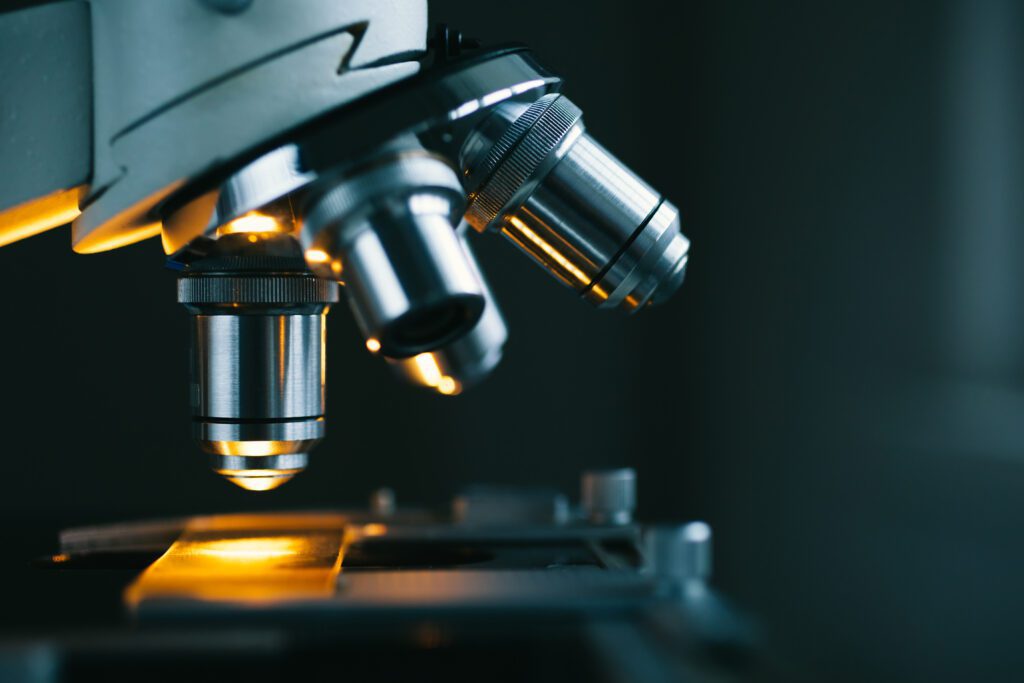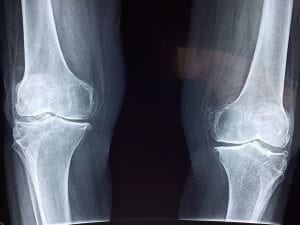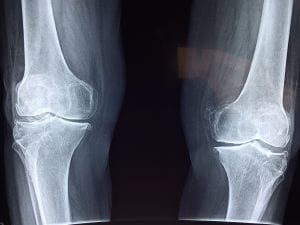Welcome to Study of the Week from Patient Worthy. In this segment, we select a study we posted about from the previous week that we think is of particular interest or importance and go more in-depth. In this story we will talk about the details of the study and explain why it’s important, who will be impacted, and more.
If you read our short form research stories and find yourself wanting to learn more, you’ve come to the right place.

This week’s study is…
Localized chondro-ossification underlies joint dysfunction and motor deficits in the Fkbp10 mouse model of osteogenesis imperfecta
We previously published about this research in a story titled “Fkpb10 Deletion Causes Tendinopathy in Osteogenesis Imperfecta” which can be found here. The study was originally published in the science research journal Proceedings of the National Academy of Sciences. You can view the abstract of this study here.
This research team was affiliated with the Baylor College of Medicine.
What Happened?
Osteogenesis imperfecta (OI), a rare genetic disorder most characterized by brittle bones, also leads to other symptoms such as joint problems linked to tendinopathy. Prior research has revealed mutations that can cause joint problems in people living with this disease. With that being said, scientists don’t understand the precise mechanism behind joint dysfunction. The goal of this study was to understand why mutations impacting Fkbp10, which has been previously linked to cases of OI in which joint dysfunction occurred, caused joint deformation.
The researchers set to this task using a previously designed mouse model of Fkbp10 osteogenesis imperfecta. In this model, the gene was deleted entirely in the mice’s ligaments and tendons. These mice developed a joint deformity called contracture, in which the tendons stiffen and harden, limiting movement. This was linked to a significant reduction in the cross-linking of collagen, a substance that is vital to the regular function of the joints.
The scientists also observed other effects such as inflammation, fibrosis, and ectopic chondrogenesis. These are all indicators of chronic tendinopathy. Ectopic chondrogenesis was linked to enhanced expression of Gli1, which suggested dysregulation of Hedgehog signaling. Genetic inhibition of this pathway exacerbated joint deformities and ectopic chondrogenesis in the mice.
Hedgehog is critical to controlling the creation of cartilage. The team sought to inhibit the activation of this pathway through drugs or genetic changes. The team found that an FDA-cleared inhibitor of Hedgehog signaling was able to normalize function of the joints and delay tendon degeneration and contracture.
About Osteogenesis Imperfecta (OI)
Osteogenesis imperfecta, which is also referred to as brittle bone disease, is a group of genetic disorders which are distinguished by abnormally weak bones which break easily. The effect can range from mild to severe. These disorders are linked to a lack of type I collagen, leading to issues with connective tissue. In the vast majority of cases, this is caused by a mutation affecting either the COL1A1 or COL1A2 genes. Aside from the weakened bones, osteogenesis imperfecta also inflicts other symptoms and signs, such as short stature, breathing issues, dental problems, loosened joints, hearing loss, a blue tinge to the whites of the eyes, and aortic dissection. Currently, there is no cure for the disease and no FDA approved treatments. Avoiding smoking and exercising regularly can help reduce the risk of fractures. Other treatments may include physiotherapy, surgery, and bisphosphonates, which can help reduce fractures, particularly in children. To learn more about osteogenesis imperfecta, click here.
Why Does it Matter?
These findings have helped uncover a previously understood mechanism behind the joint problems and tendinopathy that is such as common problem for people living with osteogenesis imperfecta. The scientists see these findings as the basis for further research. Potential avenues that they hope to explore include evaluating the approach for treating tendinopathy (using a Hedgehog signaling inhibitor) could be useful in both human patients with the disease and in similar conditions in which tendinopathy and joint contractures are a major symptom.
In addition, the researchers aim to investigate whether treating inflammatory pathways in combination with Hedgehog inhibition could prevent tendinopathy from appearing. The work is a valuable model that could also be used to identify and develop novel treatments for joint dysfunction, at least in osteogenesis imperfecta if not beyond. The study also reveals that the Fkbp10 mutations can play a much more decisive role in joint dysfunction than was previously understood.
While addressing the brittle bones is probably the number one priority for the osteogenesis imperfect patient community, understanding the mechanism of joint problems in the disease is still a meaningful sign of progress that could lead to enhanced quality of life for these patients in the future.







